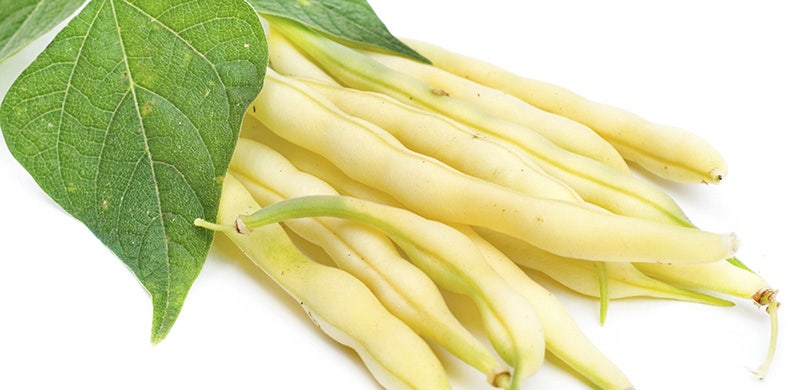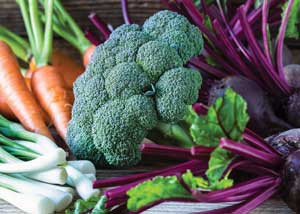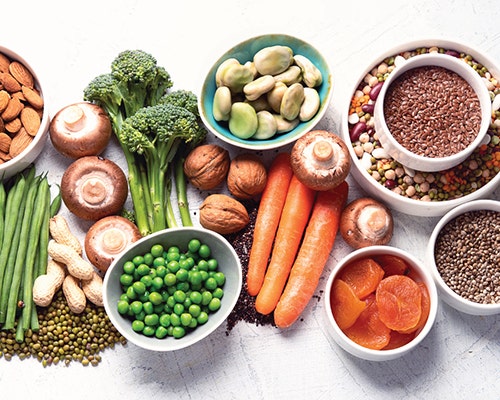Organic Yellow Peas
- 6/1/16


Peas (Pisum sativum) are one of the world’s oldest crops. The gathering of wild, whole peas for use in food dates as far back as 9750 B.C in Southeast Asia. Peas have been consumed in dry form throughout much of early history, but didn’t become popular as a fresh food until changes in cultivation techniques in the 16th century.
Split yellow peas belong to the same family as lentils and are highly nutritious—high in both protein and fiber. A half-cup serving of cooked split peas (cup dry) provides 110 calories, 10 grams of protein (20% of the daily value), less than one gram of fat and 12 grams of dietary fiber. That’s almost half the daily value of 25 grams of fiber, which most people don’t get daily!
Most vegetables are low in protein, so peas make an excellent source of protein for everyone, especially growing children, vegetarians and vegans. Peas provide all the essential amino acids needed for growth and repair of the daily wear and tear of our body tissues—as well as all three branched chain amino acids which are utilized for energy and for muscle building. Peas are a known source of tryptophan, an important amino acid used by the body to make neurotransmitters such as serotonin, which helps regulate appetite and improves mood. Soluble fiber in peas offers numerous health benefits, including delaying the emptying of the stomach contents and enhancing the feeling of “fullness” which prevents hunger and aids with weight management. Soluble fiber also helps to reduce blood lipids such as LDL cholesterol. Likewise, soluble fiber helps to stabilize blood sugar levels. The insoluble fiber in peas are gut healthy, traveling through the digestive system intact and increasing stool bulk—helping to prevent constipation and to promote regularity. In short, legumes such as dried peas can be beneficial in the diet to help balance blood sugar levels, while providing steady, slow-burning energy.
Here’s another pea perk: yellow split peas are a source of B vitamins, providing 0.18 milligrams of thiamine (vitamin B1), per half-cup serving (12% of the daily value) and 64 micrograms of folate (6% of the daily value). Thiamine, vital for energy metabolism, converts foods you eat into energy for your cells, while supporting proper nervous system function. Folate contributes to heart health, enhances immune system function, prevents birth defects, forms red blood cells and more.
Like beans, split peas are a mineral-dense food, providing about 10% of the daily value for iron, which is needed for healthy blood, making it a good iron food source for vegetarians. Other minerals in peas, such as phosphorus—along with calcium—are needed for strong, healthy bones and teeth. Split peas are also a good food source for important trace minerals such as molybdenum and manganese, which are involved in important metabolic reactions in the body.
Yellow split peas can be used in a wide variety of ways—wholesome delicious soups, salads, dahls, curries, casseroles and meatless patties. They cook quickly without the need for soaking.
ABOUT DAWN THORPE JARVIS, MS, RD, LDN
Senior Director of Nutrition Science & Educational Content
Dawn has been with Garden of Life since 2003. She has a BS in Clinical Dietetics from Leeds (UK) and became a Registered Dietitian in 1980. She worked as a Clinical Dietitian in several London Teaching Hospitals and then joined a specialized Clinical Nutrition company and for 8 years worked her way from sales rep, to regional sales manager to marketing manager. Dawn maintained a Private Nutrition Practice specializing in weight loss and sports nutrition.
This information is intended for educational and informational purposes only. It should not be used in place of an individual consultation or examination or replace the advice of your health care professional and should not be relied upon to determine diagnosis or course of treatment.




